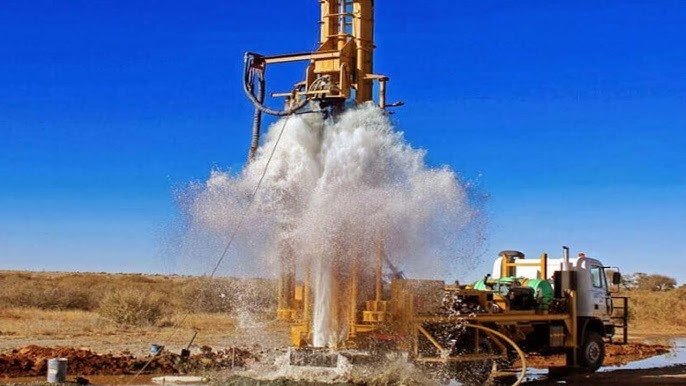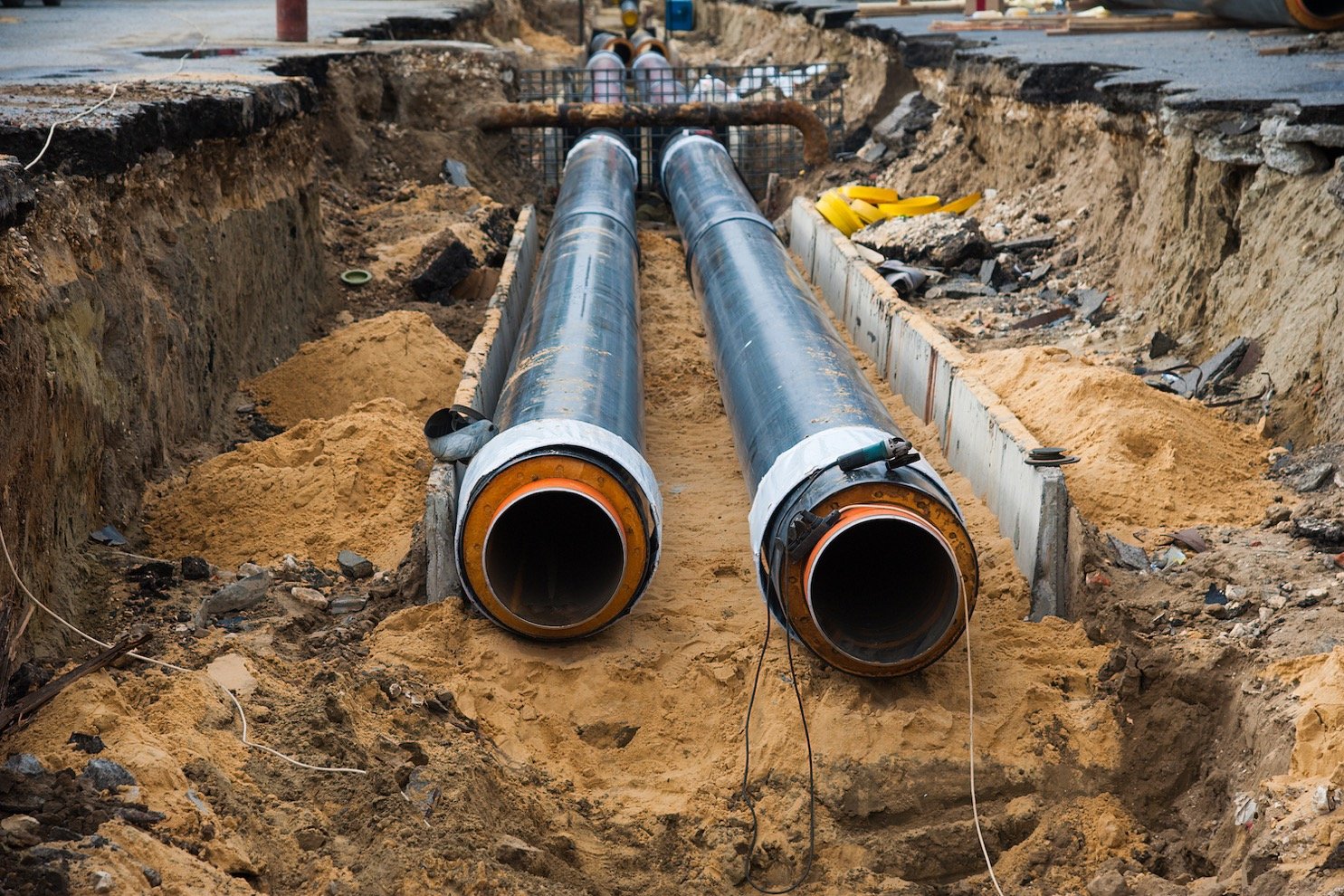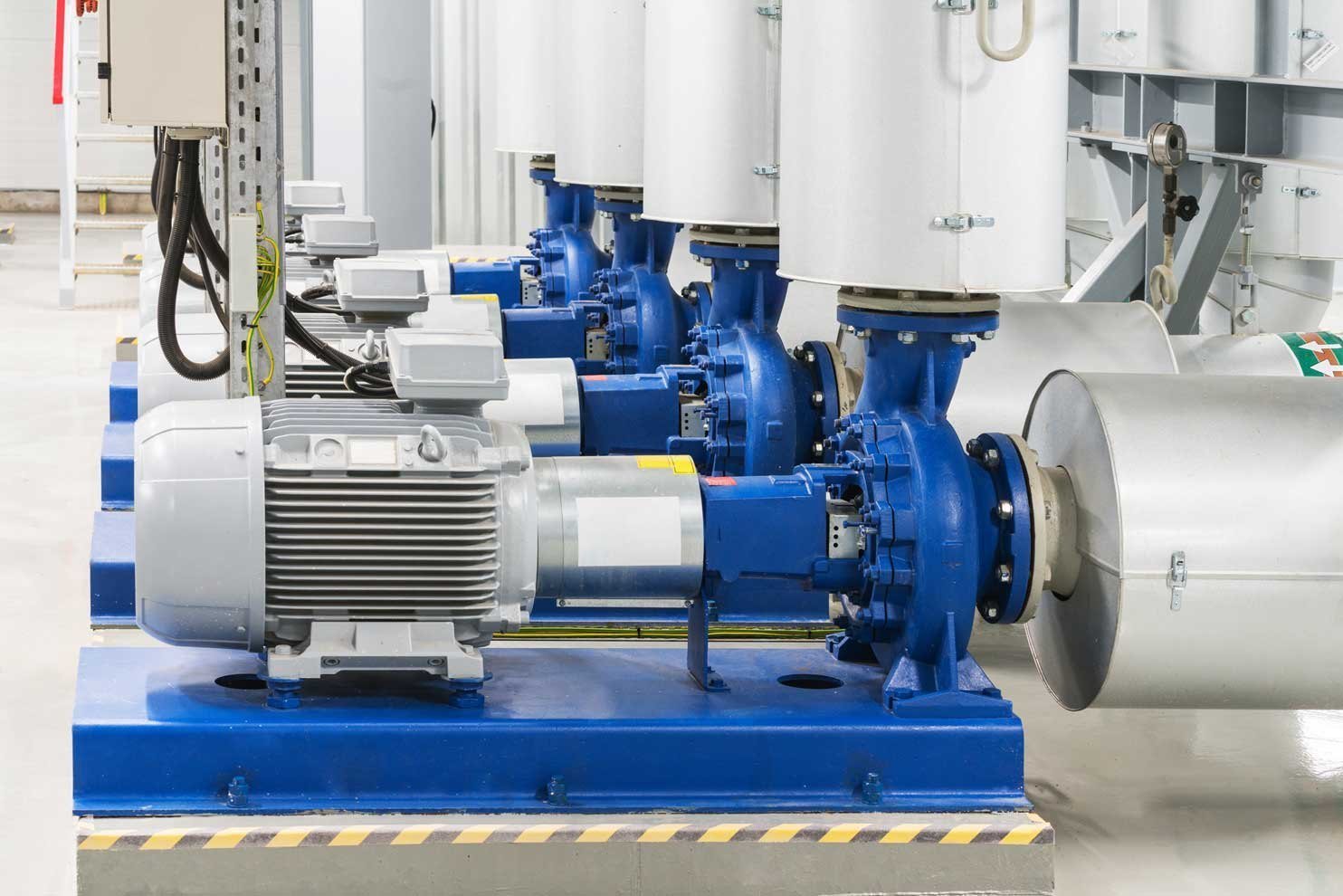The Water Borewell Drilling Process in 4 Steps
Site Selection and Survey
The water borewell drilling process begins with careful site selection and survey. This step is critical because the location chosen significantly impacts the success of the borewell in yielding sufficient water. A hydrogeologist or a groundwater expert typically conducts this survey, analyzing the land’s geological and hydrological conditions. The survey involves studying soil types, rock formations, and water table levels to identify the most promising drilling site. Advanced tools like resistivity meters or seismic methods may be employed to detect underground water sources. The primary goal is to locate an aquifer that can provide a reliable and sustainable water supply. Once the ideal drilling location is identified, the next steps can proceed with confidence. Proper site selection not only ensures a good water yield but also minimizes the risk of drilling failures, making it a foundational element in the borewell drilling process.


Drilling the Borewell
The second step is the drilling of the borewell, where the selected site is transformed into a viable water source. A drilling rig, equipped with either rotary or percussion drilling methods, is deployed to create a borehole in the ground. The choice between these methods depends on the geological characteristics of the site, such as soil type and rock hardness. The drilling process involves creating a narrow, deep hole that penetrates through various soil and rock layers until the water-bearing aquifer is reached. Throughout this process, the depth of the borehole is carefully monitored to ensure it aligns with the expected depth of the water table. Drilling fluids or water may be used to cool the drill bit and facilitate the removal of debris from the borehole. Reaching the aquifer marks the completion of this step, setting the stage for the next phases of borewell construction.
Casing and Installation of Pipes
After reaching the desired depth, the borewell must be cased to ensure its stability and longevity. This involves inserting casing pipes, typically made of PVC or steel, into the borehole. The casing serves multiple purposes: it prevents the borehole walls from collapsing, protects the water source from contamination, and provides a conduit for water extraction. Depending on the borewell’s depth and the geological conditions encountered, slotted pipes or filters may be added at the lower sections to allow water ingress while blocking sand and other debris. Proper casing is essential to maintain the borewell’s structural integrity over time, especially in areas with loose or unstable soils. This step is crucial for ensuring that the borewell remains functional and reliable throughout its operational life.
Depending on the drilling depth and water quality, additional filters or slotted pipes may be installed at the lower end to allow water to flow into the borewell while keeping out sand and debris. The casing also helps in maintaining the borewell’s longevity by preventing the walls from caving in.


Development and Pump Installation
The final step in the borewell drilling process is the development of the borewell and the installation of the pump. Borewell development involves cleaning the borehole to remove fine particles and ensure a clear, unobstructed flow of water. This is usually achieved through airlifting, where compressed air is used to flush out debris from the borehole. Once the borewell is adequately developed, a pump is installed. For deeper borewells, a submersible pump is typically used, while shallower wells might use a hand pump. The pump is connected to a pipe that brings the water to the surface. After installation, the borewell is tested for water yield and quality. Proper development and pump installation are essential to ensure that the borewell provides a reliable water supply and operates efficiently over the long term. After the development process, a submersible pump or hand pump is installed, depending on the depth of the borewell and the intended use.